I Tried to Be the Husband My Wife Needed — She Figured Out What I Was Actually Doing

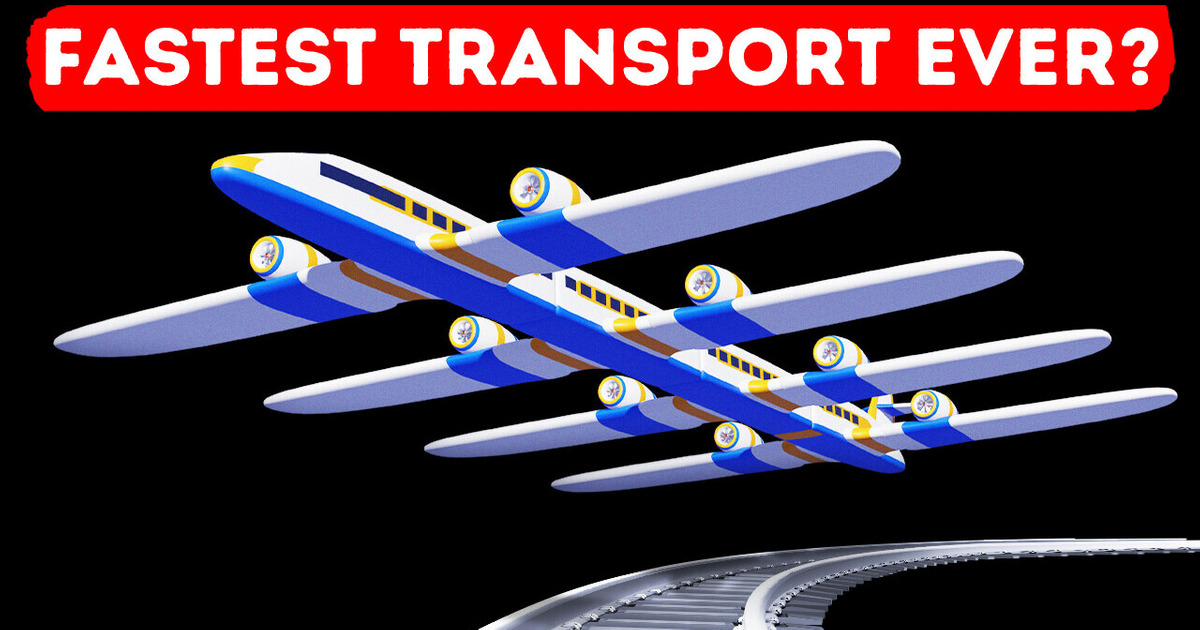
You’re traveling by train and hear the wheels banging against the tracks. But suddenly, the train rises and gains altitude. None of the passengers scream in panic because this is a regular thing now. Well, maybe not yet, but it might become our reality anytime soon!
Akka Technologies company is developing such a project. Their goal is to reduce travel time and make trips more comfortable. To travel today, you need to get to the airport, spend a few hours there at the check-in and security check. And only after that can you board the plane.
When the plane lands, you need to go through standard airport procedures again and then get to the city. Only after this, your trip is over. It means you use at least three different types of transport.
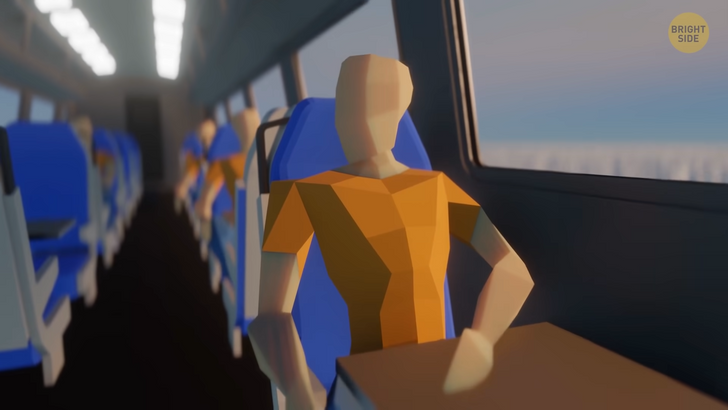
But with Link & Fly from Akka Technologies, you can get to your destination without any transfers. This is a train the size of an Airbus A320. It’s as long as 4 school buses and can hold about 162 passengers. Since it’s a train, it can run on the subway tracks right to the city center. So when you begin a trip, you just need to get to the nearest subway station.
Once you’re on the train, it takes you to the nearest airport. And here, the fun part begins. The train makes a quick stop to get the wings and jet engines attached. So, now, your train has a wingspan as wide as a soccer field. The engines start, the train accelerates and takes off.
After the flying train lands, the wings get detached again. And you’re on your way downtown — and your destination. With no transfers. Without having to wait for a cab. And again, you can get off at any subway station. Transformer planes that can drive around the city are the distant future.
For now, this company is developing a simpler solution to reduce airports overload. Instead of having a plane parked right next to the gate, passengers will board the plane’s fuselage right inside the airport building. The fuselage will then pull out onto the runway, and the wings with the engines, as well as the cockpit with the pilots, will be attached. Here you go, the airplane is ready for takeoff. This system will make boarding and takeoff 30 minutes faster than before.
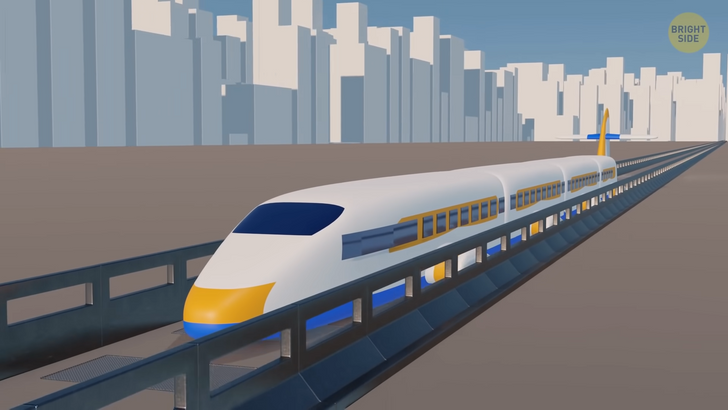
The company plans to make different types of removable fuselages. For short flights, they will have a capacity of about 160 people. There will be double-deck cabins for long-haul and higher-capacity flights. VIP cabins can be customized like a private jet. And if all the seats are removed, the cabin can be used as a cargo plane.
Link & Fly has a special safety system in case the cabin separates from the wings during the flight. Three parachutes at the front and three at the back of the cabin will deploy automatically. There are also braking rockets that can help to quickly reduce the speed. This way, the fuselage will descend slowly and safely. A few seconds before touching the ground, the cabin will launch airbags attached to the bottom of the fuselage for the softest possible landing.
Another option for traveling faster is the Airbus Pop Up. It’s a kind of taxi that can travel by road and by air. In the future, you can simply order such a cab from your tablet, phone, or even smart glasses and wait for the vehicle to arrive. The car itself consists of a passenger pod half the size of a modern sedan. It can hold two people and has a futuristic design and interface. The second part is the ground module. It’s the chassis and wheels for driving on conventional roads.
You get into the pod, and after that, artificial intelligence does all the work for you. It steers the car safely and takes you to your destination. When you get out of the cab, the pod with the ground module is sent to the nearest charging station. For convenience, charging stations will be located throughout the city, so you won’t have to wait long for a cab.
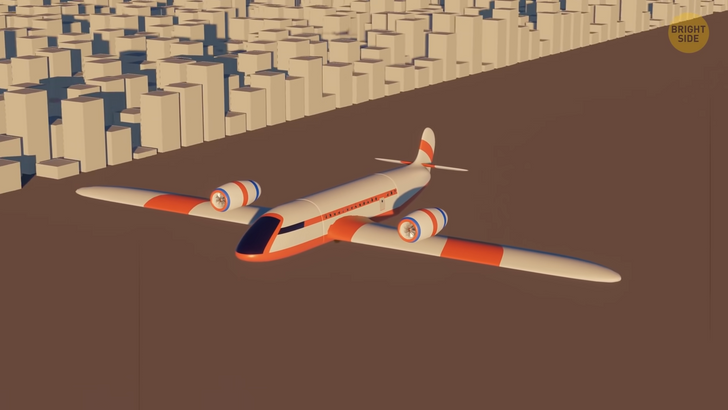
But if your destination is far away, a more interesting ride awaits you. Like in the first case, you get into a pod on wheels. The ground module takes you to the nearest takeoff site. There, the capsule gets attached to the air module. This thing looks like a giant drone. It hooks the passenger capsule and flies up, separating the pod from the ground module.
Now, it’s a flying cab. You can enjoy the beauty of the city from above. Then you land on a special platform. The pod reconnects with the ground module, and you proceed to your destination while the air module charges for the next trip.
Rockets might be another revolution in long-distance travel. For now, we only use them to fly into space. But in the future, they might completely replace airplanes. Let’s say you are going from New York to Shanghai, which is on the other side of the planet. The launching pad of the rocket can be on the water, somewhere in Lower Bay. You board a ferry that will take you to the rocket.
Once you reach it, you take your seat along with other passengers. Countdown... ignition! The rocket takes off and reaches space. It’s now traveling at about 16,800 [mph] [27,031 kph] miles per hour. When in orbit, the launch vehicle undocks from the passenger rocket and heads back to the landing station. There, it will be refueled and prepared for the next launch.
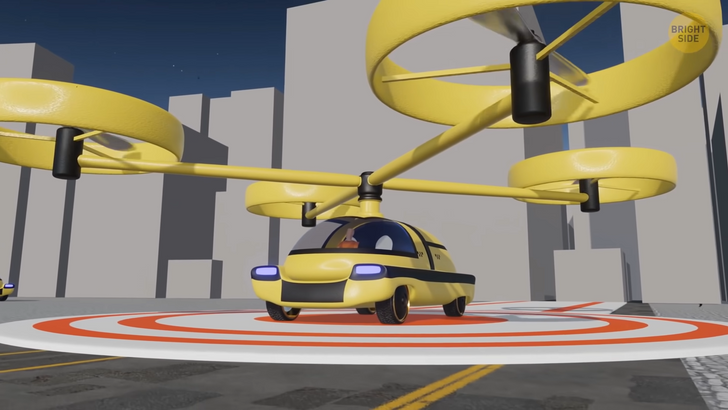
At this time, the rocket with the passengers will use its own engine to fly around Earth. It reenters the atmosphere and lands on a platform on the water near Shanghai. This flight takes only 39 minutes, compared to the 15 hours a conventional airplane needs. But there’s a downside to such trips. A rocket makes a lot more noise, so landing platforms have to be far away from cities. This will increase travel time.
The other problem is g-force. Standing on the ground, you feel 1 G. When you take off in a normal airplane, you feel about 1.5 G. But when you travel by rocket, the g force you’ll experience will be twice as strong. And if it reaches [3 G] 5 G, you’ll pass out. Back to the ground.
In 2010, the number of cars in the world exceeded 1 billion. And by 2030, this number is expected to double. [2 billion] So, we need to fight constant traffic jams on the roads. The Elevated Bus could be a great solution for that. This thing doesn’t actually look like a bus. It’s two-lane wide and can consist of several cars.
Such a “bus” will be able to carry up to 1,200 passengers at maximum capacity. And it will run on regular roads. We’ll need to equip the roads along its route with rails on both sides. The elevated bus itself will move at about 6.5 feet above the road. This is comparable to riding on the second floor of a London double-decker bus. And it won’t interfere with traffic on the road. Regular cars will still be able to drive there.
The Elevated bus will be all-electric and driven by autopilot. Its roof will have a large area entirely covered by solar panels. On cloudy days, it’ll be powered directly from the rails. Passenger boarding will take place at special stations located above ground. For emergencies, there will be an inflatable ramp right in the middle of the bus. This way, passengers will be able to leave the bus safely.
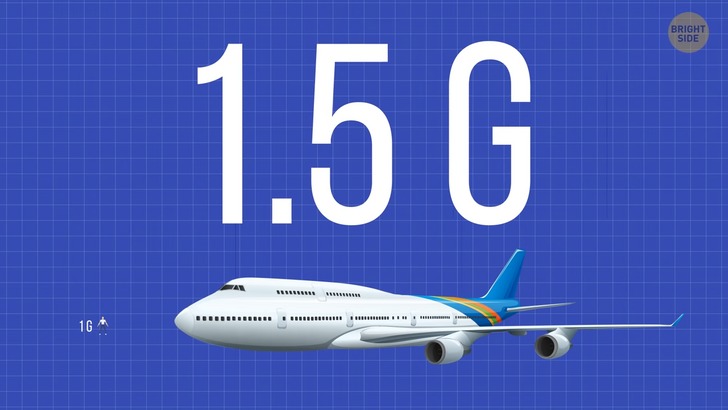
Some concepts of such a bus even suggest that the racks with the wheels should be able to rise — for example, to bypass an obstacle. If some car breaks down right in the way of the elevated bus, it’ll lift one wheel rack, move forward, and lower the wheels back onto the rails. Then it’ll do the same with the rear rack. This way, the bus will be able to move around the city at about 37[.0 mph] [59.5 kph] miles per hour. It’s faster than driving in a traffic jam.
Another option to avoid traffic is tunnels. You would be able to travel through them in your own car. A hypothetical tunnel system under large cities would have multiple entry points. You’d drive your car onto a special platform. And the platform would then be lowered down. It’d accelerate in the tunnel to 124 [mph] [200 kph] miles per hour. You’d be able to get to the other end of the city in just a few minutes.
The platform would then lift your car back to the surface, and you’d keep driving to your final destination. Tunnels can also be the future of traveling between cities. First, you’d have to arrive at some sort of a train station. There, you’d board a passenger pod. These pods would hold 4 to 6 passengers. Then it’d follow the tunnel, dock into a pod cluster, and connect with the transporter capsule.
Special pumps would suck the air out of the tunnel, and the transporter capsule would move in an almost complete vacuum. Theoretically, this train would be able to reach speeds that are faster than those of commercial airplanes and even faster than the speed of sound. So you could get from New York City to Los Angeles in just 3.5 hours, compared to 6 hours by a conventional airplane.
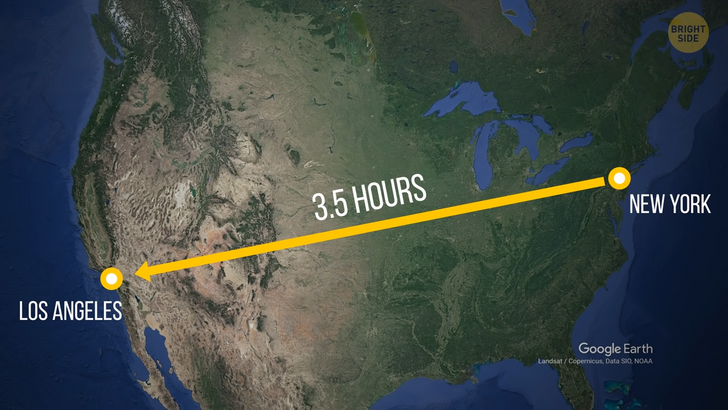
After reaching its destination, the transporter capsule would open, and the passenger pods would arrive at the station. In the future, these pods would be able to travel even on conventional roads.
So you’d just need to order such a passenger pod to your home, just like a cab. This way, you’d have the opportunity to cross the United States from coast to coast without any transfers.











